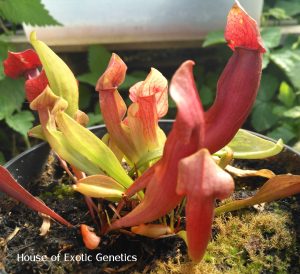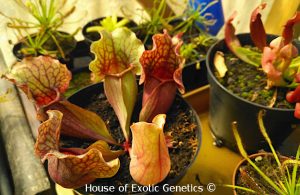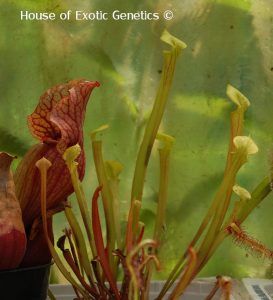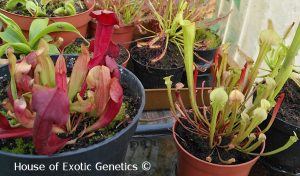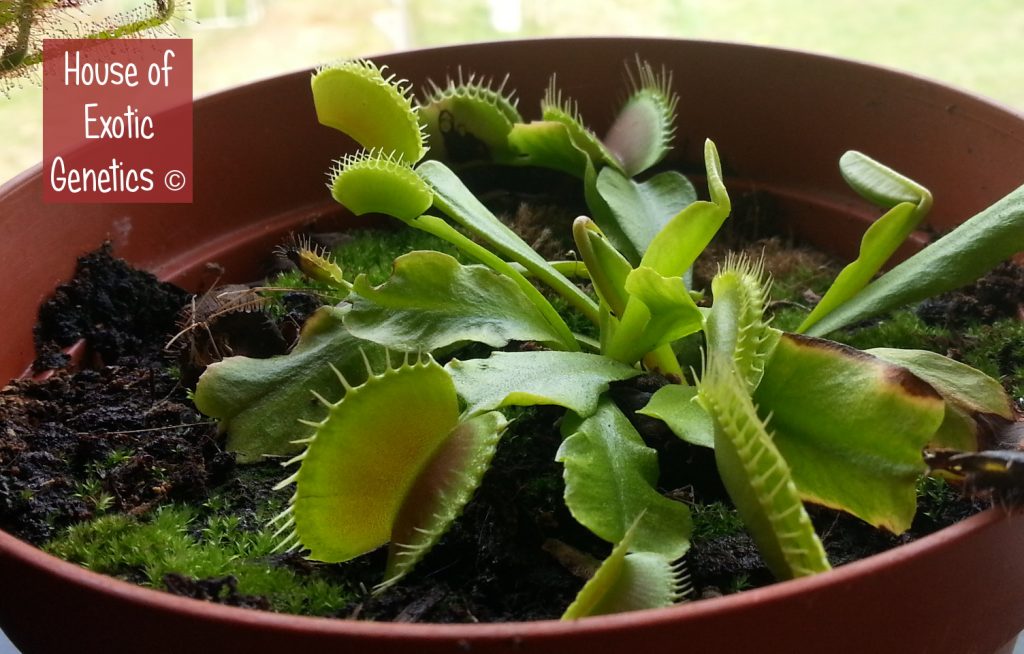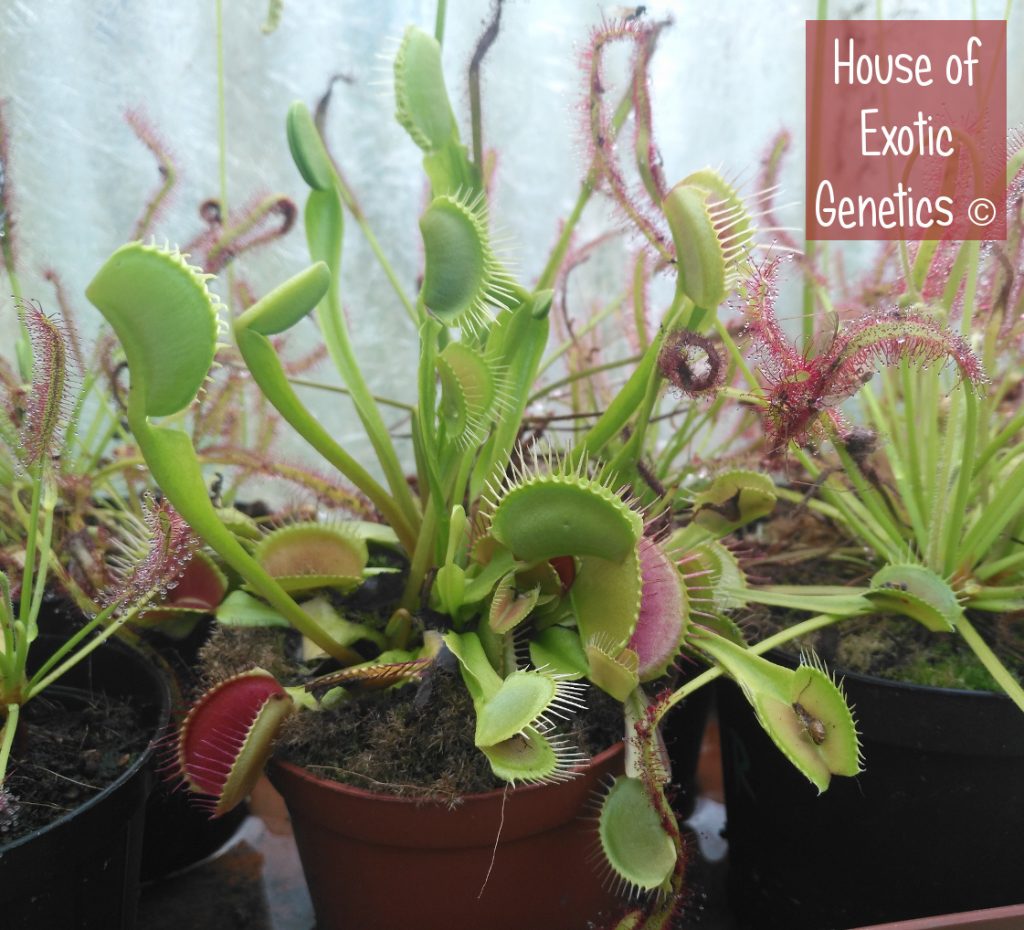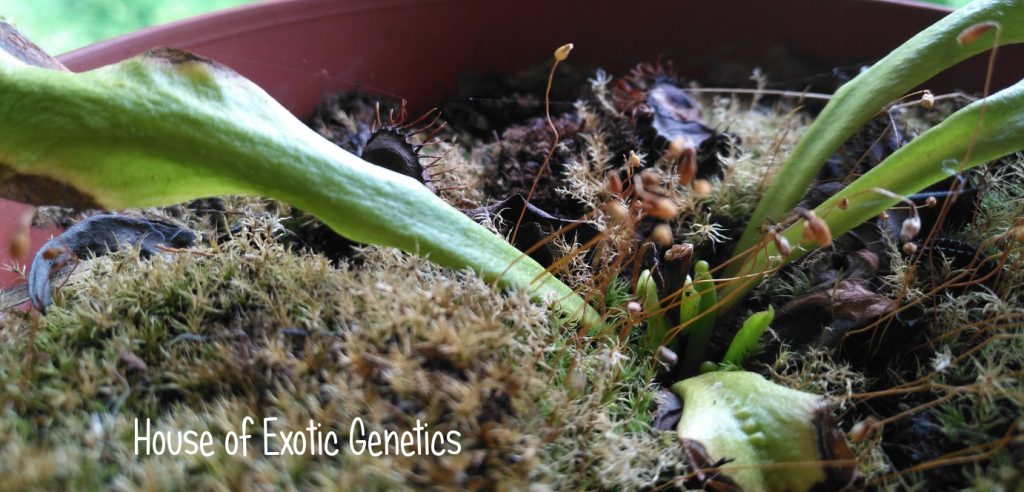Welcome to our guide:
HOME cultivation of Carnivorous plants
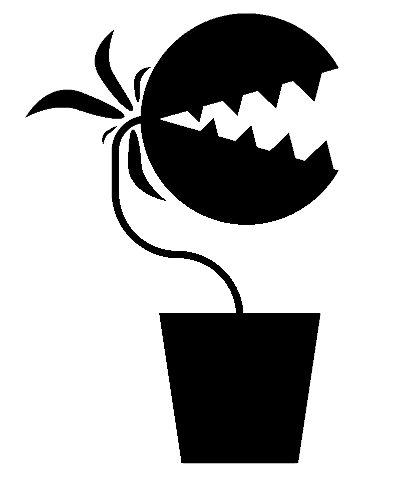
A good place for many plants
Carnivorous plants are an amazing group of plants able to capture and digest a large number of preys, usually insects as flies, mosquitoes, wasps and ants!
In nature, we can be find wild carnivorous plants in most of the continents, from the tropic to the cold highlands. So, wherever you live, there is a Carnivorous plant perfect for your home!
Despite their exotic appearance, many CPs grow very far away from the warm and wet tropical environment and sometimes, it’s easier to grow some species in a temperate -climate than in a tropical place, especially in the green house.
Some CPs require a period of dormancy to keep growing healthy. The dormancy is generally (but not always) when the hours of sunlight and the temperature decrease.
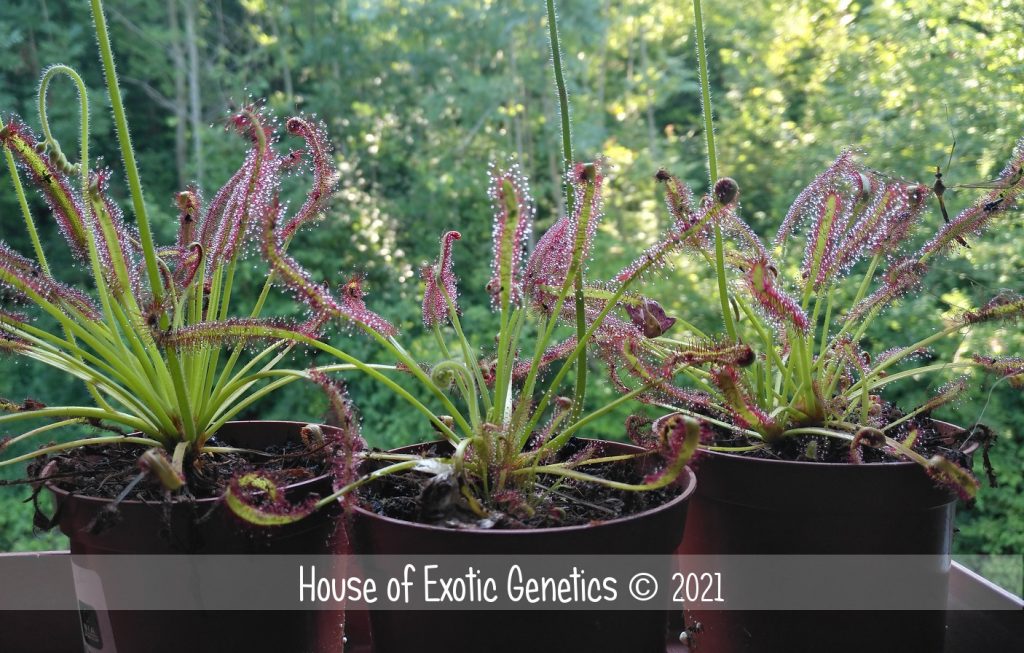
Home cultivation of carnivorous plants
PART. I
HOW to grow: basic rules
Even if the range of temperature for the growing the CPs can change according to the species, the suitable environment for them is very similar:
>> wet, acid and low-nutrient soil, often cover with patchy moss (Sphagnum-moss), with a good amount of sunlight.
The four main factors to take in account are:
- Soil
- Water
- Light
- Dormancy
1. Soils: Peat-moss and other ingredients
- Sphagnum peat moss, sand and perlite are the main components of the recipe for growing the most of carnivorous plants.
Those have a low mineral content and good water retention. - The peat must be “Sphagnum peat moss“ (pH 3-5). If you are buying acidophilic soil, be sure that doesn’t contain minerals and fertilizers, deadly for the plants!
- Buy always “washed sand“. Avoid self-collected sand.
- Pumice, lava rock and vermiculite can be added to the mix, but those must be used according to the species!

2. Water: beware mineral salts
- Carnivorous plants required water that is low in mineral salts. There are a few exceptions, but if you want to be sure to keep healthy your carnivorous plants follow this rule.
(Watering for a long time with hard water causes an accumulation of minerals in the soil, which in the long run causes disease and often, death). - Which kind of water is safe for the Carnivorous plants?
- Water with <100 ppm of dissolved solids and with low-sodium content;
- Demineralized or purified water;
- Rainwater (if you live in a place with low air-pollution);
- WATERING:
- Keep always the soil always damp/wet
- Set a pot with drainage holes in a saucer/tray and keep always one or two inches of water in it. Further information below.
- Keep always the soil always damp/wet
- The living Sphagnum-moss is a natural water reserve: it can retain water inside his cells (even when is dead) and is responsible for the acidification of the soil, capturing cations and releasing hydrogen ions.
Grow the Sphagnum-moss together with your plants for exceptional results!

3. Light
- The light, natural or artificial, is the third main factor to take into account when you decide what species of CPs you want to grow.
The number of hours and the amount of light required change according to the species.
- Photoperiod: is the length of time that the plant is exposed to the light (in 24 hours-period). Some plant, as Venus Flytrap, use to grow in North America, receiving 15 hours of light in summer and around 8-9 hours in winter, meanwhile tropical Nepenthes receive around 12 hours of light/dark all the year.
- The amount of light refers to the exposure of the plant to the light. Most American Pitcher Plants can grow with full to part sun, changing its coloration based on the quantity of light received, from green to deep red. Venus Flytrap is sun-lover too, meanwhile some species of Nepenthes and Butterworts prefer a bright shade.
- Photoperiod: is the length of time that the plant is exposed to the light (in 24 hours-period). Some plant, as Venus Flytrap, use to grow in North America, receiving 15 hours of light in summer and around 8-9 hours in winter, meanwhile tropical Nepenthes receive around 12 hours of light/dark all the year.
4. Dormancy
- The dormancy is a period of rest necessary to ensure an healthy grow to some species of carnivorous plants. Do not respecting the dormancy when required will compromise your plants in the future!
- Species from temperate climate can survive during the cold winter slowing down the physiological functions, stopping the growth and sometimes losing the aerial part.
- The main factors that induce dormancy are:
- The low temperatures
- The short day-light period
- Plants that require dormancy:
- Most of Sarracenia (American pitcher plant),
- Dionea muscipula (Venus Flytrap)
- Some Drosera (Sundew)
- Some Pinguicula (Butterworts)
- Few Nepenthes
Home cultivation of carnivorous plants
PART II
DIONAEA MUSCIPULA – The Venus Flytrap
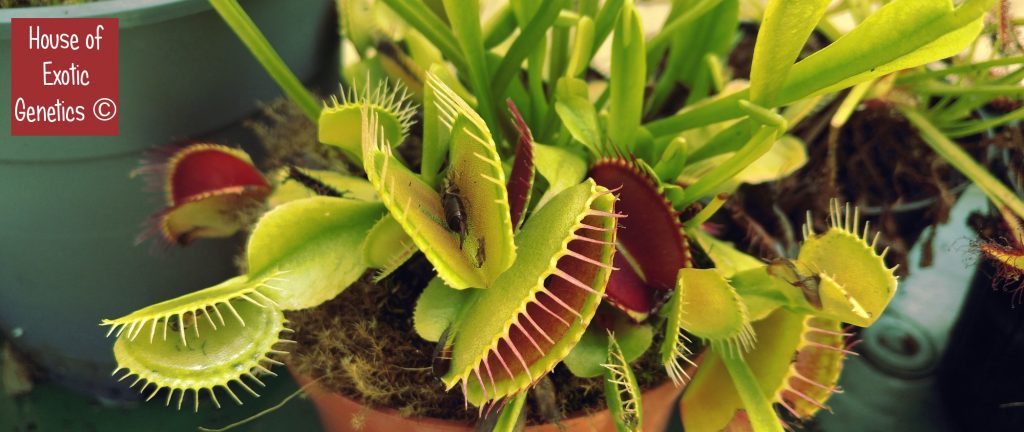
The Venus Flytrap is one of the most famous carnivorous plants. With the leaves modified in traps, it can capture and digest different species of insects like ants, flies and spiders. See the Venus Flytrap in action is really impressive!
- SOIL:
Peat moss soil and sand (1:1); - WATER:
Rainwater or demineralized water. Keep always the soil damp to wet. - LIGHT
Full sun to part-sun. - TEMPERATURE
warm temperate: warm summer and chilly winter. Can tolerate light frost if it grows outdoor or on the balcony. - DORMANCY
Yes. All the species require for a healthy plant!
SARRACENIA – The American Pitcher Plant
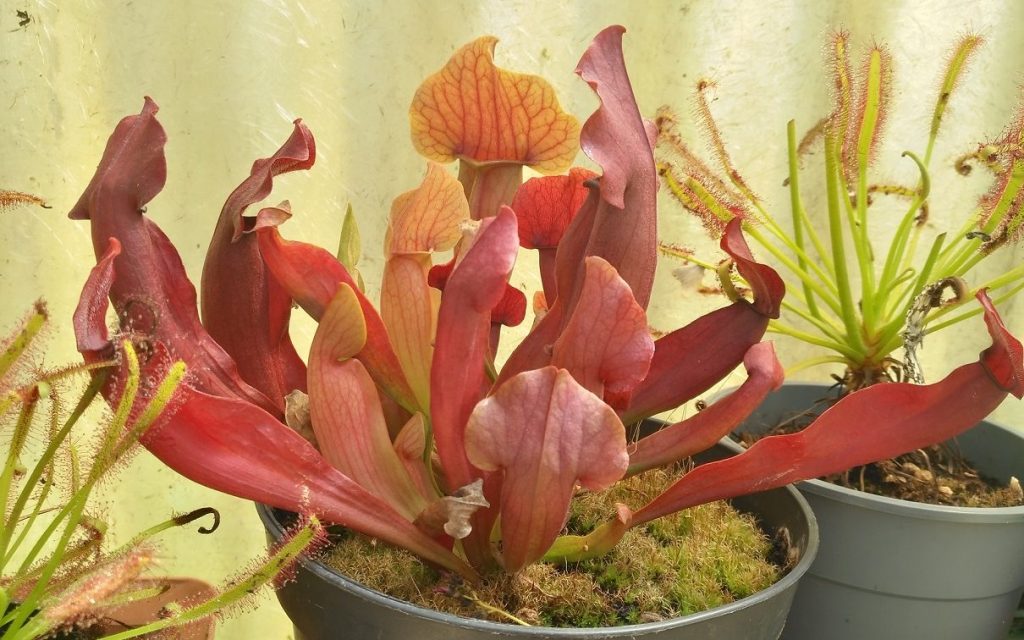
The American Pitcher Plant, or Sarracenia, is one of the easier carnivorous to grow! There are about 8 species of Sarracenia, different in length, structure of the leaves and flower’s appearance. They are able to catch large numbers of insects like wasps, flies and ants!
Sarracenia blooms in the beginning of the warm season with an exotic and beautiful flower, different in colors and shape according to the variety. Is very easy to hybridize different types of Sarracenia, obtaining unique crosses!
- SOIL:
- Peat-moss soil and perlite, (1:1); or
- Peat moss soil and sand (1:1); or
- Paet moss soil, perlite and sand (2:1:1)
- WATER:
Rainwater or demineralized water. Keep always the soil damp to wet, but don’t over-water the plant. Keep one or two inches of water in the saucer. - LIGHT
Full sun is preferred, especially for the coloration. - TEMPERATURE
warm temperate: warm summer and chilly winter. Can tolerate light frost if it grows outdoor or on the balcony.
Sarracenia purpurea spp purpurea can tolerate extended frost - DORMANCY
Yes. All the species require three / four months of dormancy
